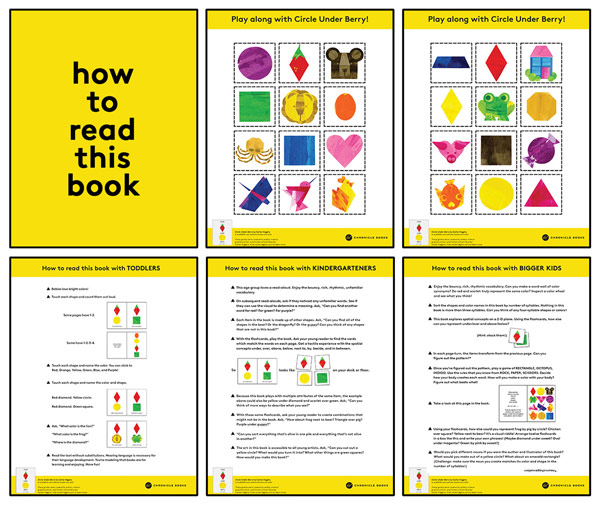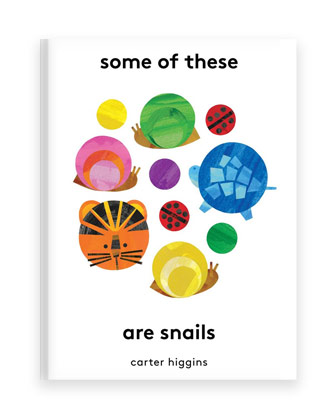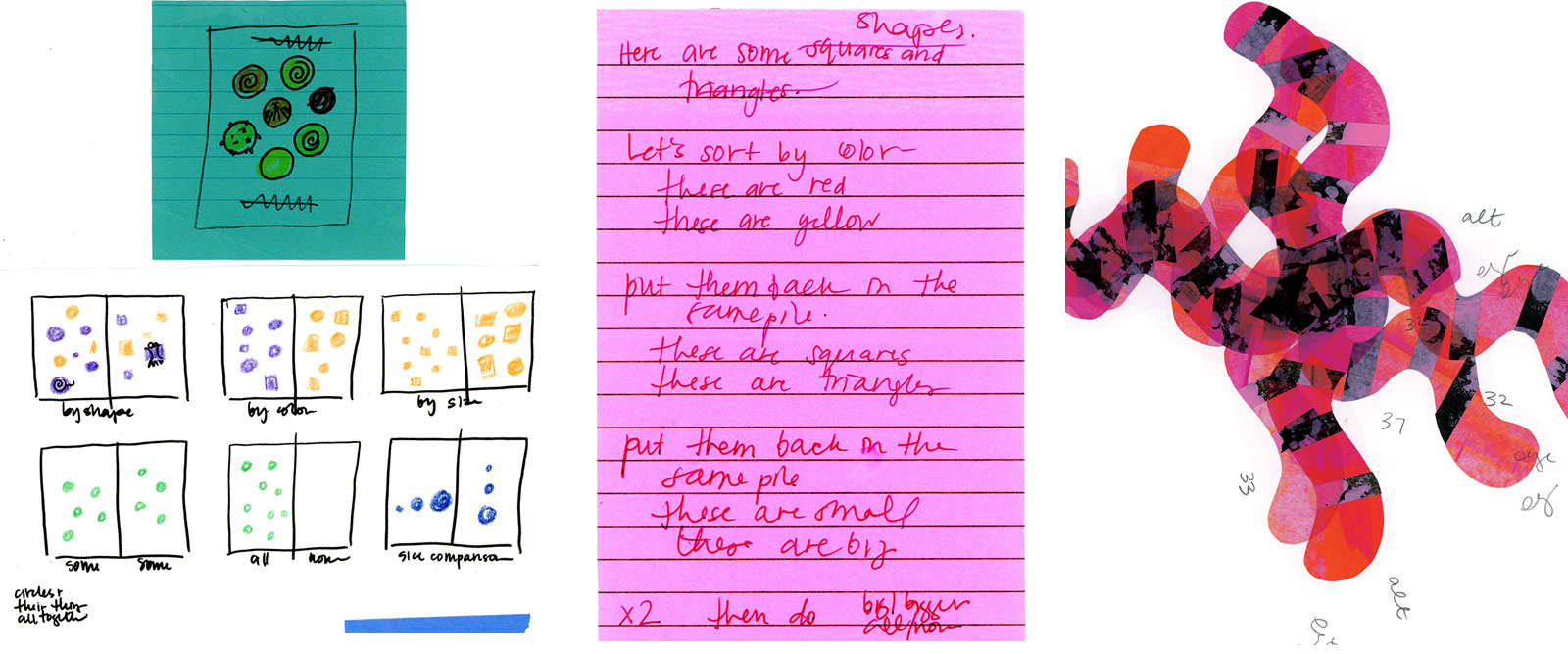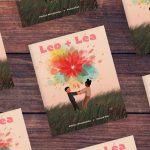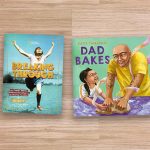Throughout the decade that Carter Higgins spent as a school librarian, she says she “loved watching [kids] inhale books and hug them and even renew them a zillion times just to keep them physically close.” These days, Higgins continues to pour her passion into connecting young readers with books—but now she builds those bonds through her role as an author and illustrator of books that also reflect her experience as an Emmy-winning visual effects and motion graphics artist. Her picture books include Big and Small and In-Between (Chronicle, 2022), selected as one of the Wall Street Journal’s Best Books of 2022; Circle Under Berry (Chronicle, 2021), which was named a Best Book of 2021 by Publisher’s Weekly, Smithsonian Magazine, and the Wall Street Journal; and Everything You Need for a Treehouse (Chronicle, 2021), which was an NPR Best Book of the Year. In 2021, she introduced a chapter book series featuring two unlikely second-grade friends—a series that draws on her firsthand understanding of classroom dynamics—with Audrey L & Audrey W: Best Friends-ish (Chronicle).
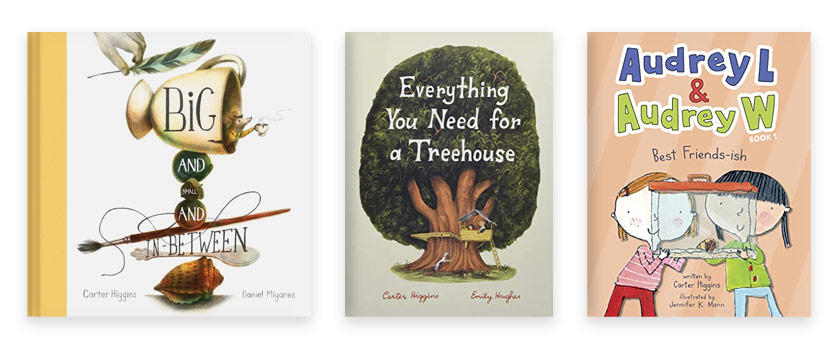
Here, Higgins talks with Lisa Bullard about the importance of staying playful, her work creating books that feel authentic to kids, and her gratitude for the people who work with young readers.
Looking over your list of recent books, it strikes me that you continue to break new ground. For example, with your highly inventive concept book Circle Under Berry, you took on the roles of both author and illustrator for the first time. Audrey L and Audrey W: Two Creative Talents (Chronicle, 2022) establishes you as the author of an ongoing chapter book series. And A Story Is to Share: How Ruth Krauss Found Another Way to Tell a Tale (Abrams, 2022) is your first picture book biography. Is challenging yourself to take on new kinds of projects part of your creative joy?
I benefit from the rhythm and structure of routines, but it’s important for me to leave a lot of room in my systems for playful exploration. The books you mentioned all share origins in experimentation rather than a planned project. Ideally, that sense of playfulness is reflected in my books and also connects them—whether it’s a chapter book with a realistic plot, the visual puzzle of Circle Under Berry, or writing abstract text for a picture book biography as a way to honor its subject. There’s so much room for experimentation in children’s books, which I think reflects the dynamic reading lives in young people. If you could peek at my bookshelves, you’d see a wide variety of formats, topics, and approaches. Staying playful keeps me close to young readers both in substance and style.
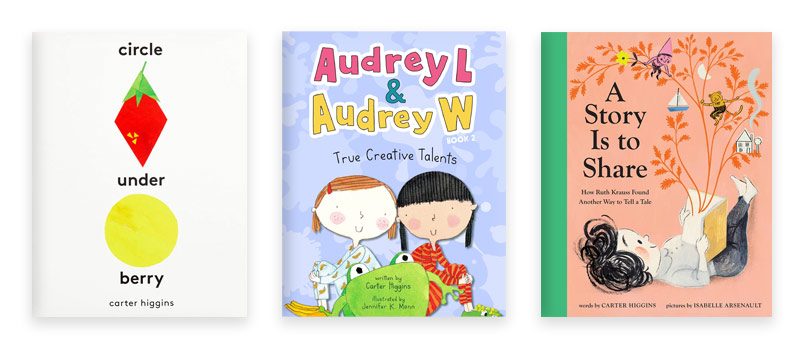
Staying playful keeps me close to young readers both in substance and style.”
Another common element that I’ve noticed in reading through your books is your wonderful knack for grounding your readers in specific moments of childhood—observations, emotions, encounters—in a fully present way. What do you draw on that allows you to use your books to turn these “small” happenings into the big moments that they truly are for children?
I have core memories of my childhood because of the way I experienced books. Whenever I wore my green corduroy skirt, I wondered if Corduroy’s overalls were cut from the same fabric. I desperately wanted to get my appendix out at the hospital because Madeline did. If Ramona Quimby made paper towel shoes, then so would I. It’s a really wild power to wield as a writer or illustrator.
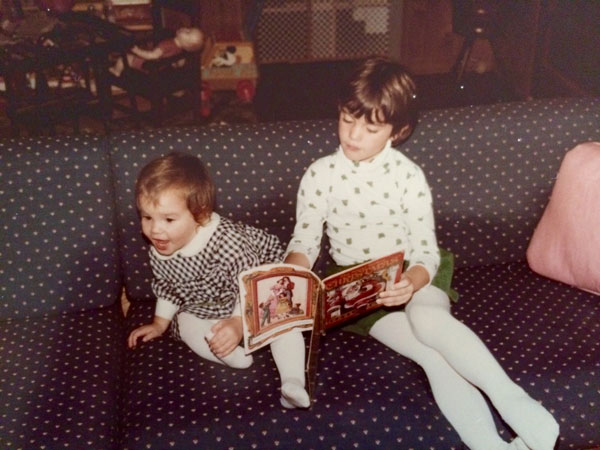
Kids can tell when grownups around them are inauthentic, so they are well-practiced when encountering books that patronize them in similar ways. If we craft stories that assume the grownup writer’s experiences are necessary wisdom for kids to learn, it will create a disconnect between a reader and that book. Their daily realities are far more immersive and yet so much smaller than we sometimes remember. The particular melancholy of a droopy balloon after the birthday has passed? Sitting on the wobbly chair that needs some folded-up paper stuck under one of the legs? First hearing the magical word magenta? Wow.
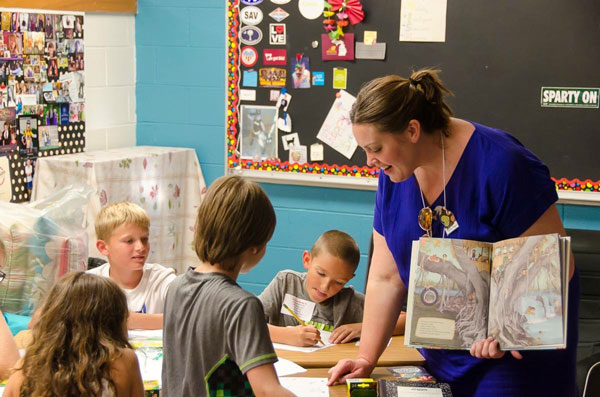
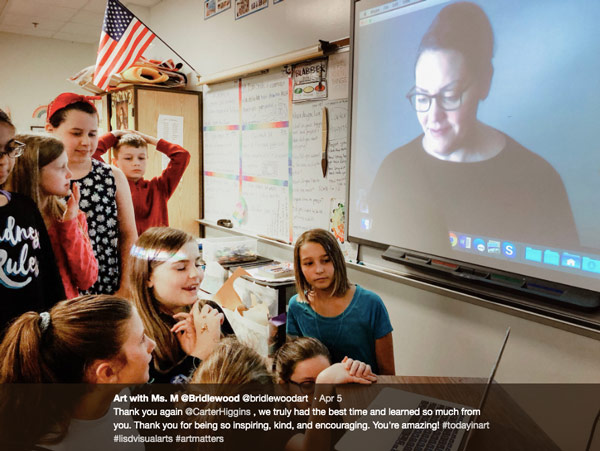
When you became a book creator, you brought with you a decade of experience as a school librarian. What did your time as an educator teach you about the relationship between kids and books?
You know how kids get when they fall in love with a book? The loyalty! The passion! I loved watching them inhale books and hug them and even renew them a zillion times just to keep them physically close. That’s a remarkable audience to work for, whether it’s my book they fall in love with or not—what a gift.
[Kids are] a remarkable audience to work for, whether it’s my book they fall in love with or not—what a gift.”
I mentioned your Audrey L and Audrey W series—chapter books set firmly in the world of a second-grade classroom. These books are packed full of humor and fun, but they also reflect the relatable, real-world experiences of kids moving through a school year. What do you hear back from your audience about this series?
Some of the best feedback I’ve received from readers and teachers has been how authentic the Audreys’ world is, which is so meaningful to me. Classroom dynamics are excruciating enough to watch from the outside (and as a grownup!), so imagining the inner lives of those kids kept me very close to those everyday experiences that aren’t all sweet and cute. I think my ear is tuned to the way kids speak and interact, and books don’t need massive stakes for this age group in order to be compelling and dramatic—all of a sudden having to share your name? That’s gigantic.
What’s your favorite anecdote about the impact your books have had on young readers?
I got a message from a parent recently that said Circle Under Berry was the first book their child read on their own. To be a part of someone’s family history like that is just incredible.
I got a message from a parent recently that said Circle Under Berry was the first book their child read on their own. To be a part of someone’s family history like that is just incredible.”
Do you have a favorite book-related activity you’d like to share with librarians and educators?
Designing Circle Under Berry to benefit multiple age groups is something I’m incredibly proud of. This guide gives some ideas for how to use the book with all ages, from toddlers to big kids.
I’m still delighted by this trailer as well. It really satisfied my animation and production side!
What’s your best advice for librarians or educators who are curious about trying their hand at writing or illustrating books for kids?
Undoubtedly, you’re already a lot of the way there by understanding kids and connecting with them. It’s difficult to do this work without the belief that kids deserve great stories and art. Definitely take advantage of endless checkout periods! I guarantee your school’s librarian would be thrilled to send you home each weekend with tote bags full. It’s the same thing we’d tell young readers: read often, read widely, read for joy.
Read often, read widely, read for joy.”
What would you like to tell fans about your forthcoming books?
If you liked Circle Under Berry, you’ll love Some of These Are Snails. It’s a kindred companion to that first book and similar in readability and design, but this time I’m celebrating sorting, size relationships, and comparisons. I had so much fun making this one, so I’m hoping to transfer that excitement to readers. It’s a Junior Library Guild selection and will be out in May 2023 from Chronicle Books.
What are the best ways for readers to connect with you or to follow you on social media?
A great pit stop is my website, where you’ll find learning resources and can join my mailing list. You can also find me on Twitter and Instagram @carterhiggins.
Is there anything else you’d like to add?
Just a note of gratitude for librarians and educators who work with young readers. Thanks for being my coworkers on the other end of the pipeline!

